20 Foods That Accelerate Weight Loss That Dietitians Swear By

What you eat every day can make a significant impact on weight loss efforts, as well as your overall health. "Weight loss to a healthy weight for a person's height can promote health benefits," says Johns Hopkins Health. "These include lower cholesterol and blood sugar levels, lower blood pressure, less stress on bones and joints, and less work for the heart. It is vital to maintain weight loss to obtain health benefits over a lifetime." Here are 20 foods that can help accelerate the weight loss process.
Chili Peppers
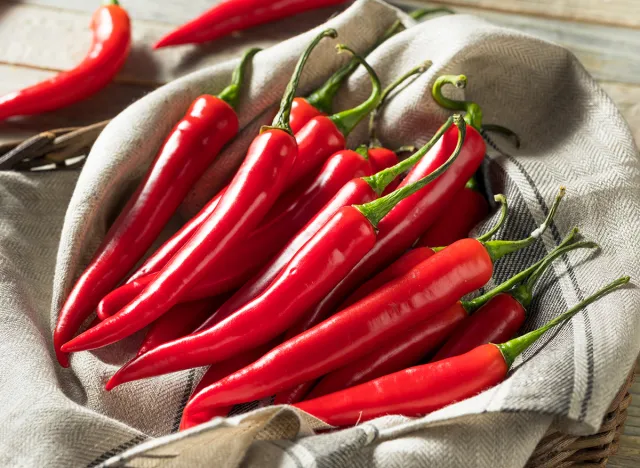
Chili peppers can boost your metabolism (just don't eat too many). "Hot peppers like chili peppers and jalapeños contain the chemical capsaicin, which gives these vegetables their heat," says UnityPoint Health. "Capsaicin increases your body's internal temperature which temporarily helps you burn more calories. Even though this might boost your metabolism, eating more of these won't significantly help your weight loss."
Lean Meat
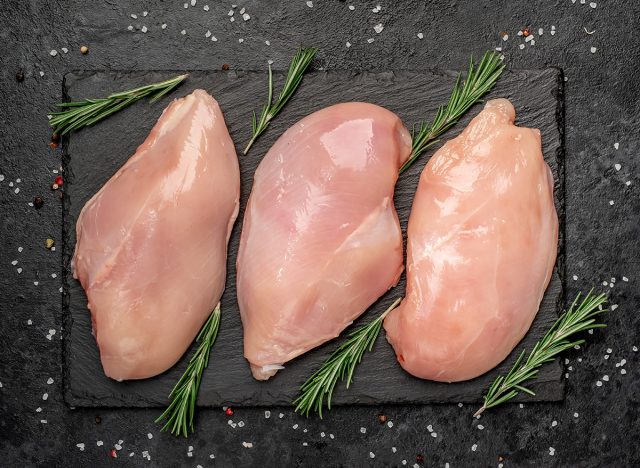
Lean meat is packed with protein, which is one of the key elements for successful long-term weight loss. "Protein is a key nutrient that can significantly boost metabolism," Craig L. Floch, MD, tells Nuvance Health. "When you consume protein, your body works harder to break it down and digest it, compared to fats and carbohydrates. This process, known as the thermic effect of food, can boost your metabolic rate and help burn more calories."
Tofu
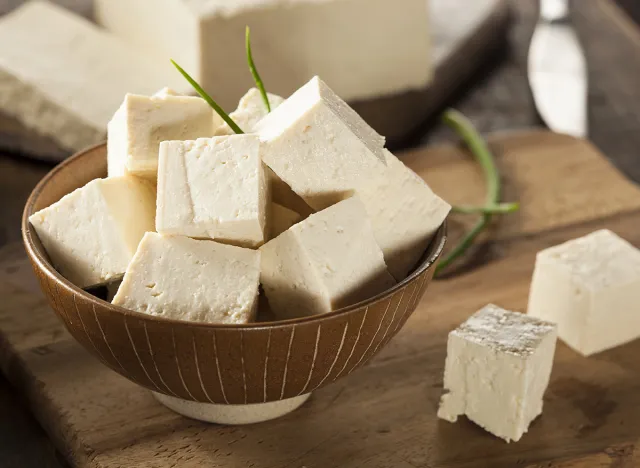
Vegetarians and vegans can get their protein from plant-based sources such as soy. "Soy is a nutrient-dense source of protein that can safely be consumed several times a week, and probably more often, and is likely to provide health benefits," says Harvard Health. "Especially when eaten as an alternative to red and processed meat."
Vegetables
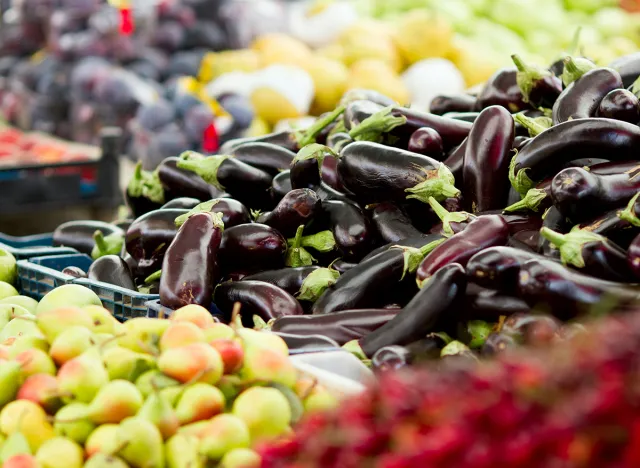
Fill up on spinach and broccoli. "Keep in mind that vegetables are the lowest calorie food group, providing an average of 25 calories per serving, while the majority of the carbs in fruit are in the form of fiber, which isn't digested or absorbed therefore it's eliminated in the form of waste," Julia Zumpano, RD, LD, tells the Cleveland Clinic. "Vegetables are considered a free food, meaning you can eat unlimited amounts and still lose weight."
Lentils
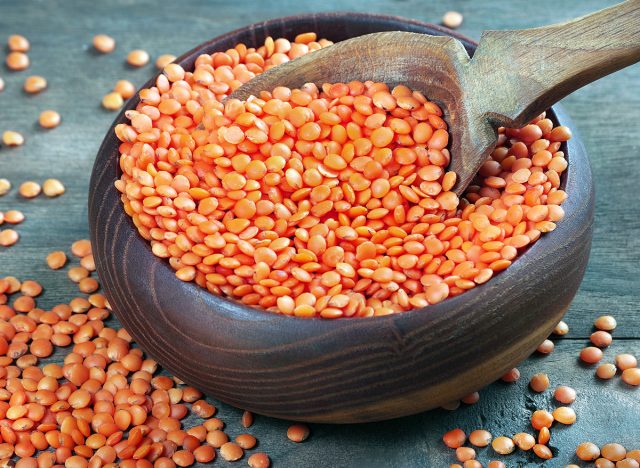
Include lentils in your diet, especially if you're vegan/vegetarian. "Lentils are a type of legume and are packed with iron, magnesium and potassium. They are a great plant protein and fiber source with 8 grams of each," says UnityPoint Health. "Lentils come in a variety of colors including red, brown, green and yellow. All are equally healthy for you."
Ginger
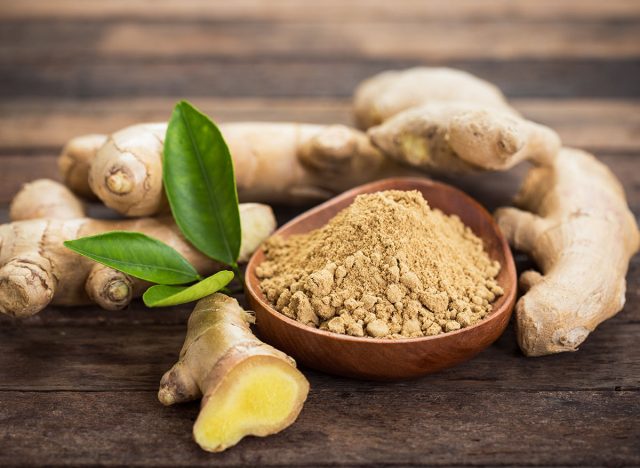
Ginger has qualities that can help with weight loss. "Ginger is another herb that can enhance metabolic rate," Dr. Floch says. "It has been used in traditional medicine for thousands of years for its many health benefits, including its ability to increase metabolism. Ginger can also aid digestion, which indirectly supports a healthy metabolism."
Nuts
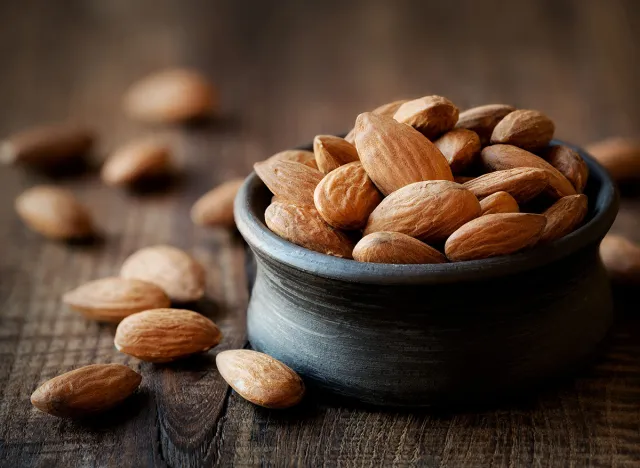
Include nuts in your weight loss diet. "Nuts can be a great snack. They're filling, crunchy and portable," Zumpano says. "Keep nut intake down to one ounce per day for weight loss. The calories can add up quickly."
Eggs
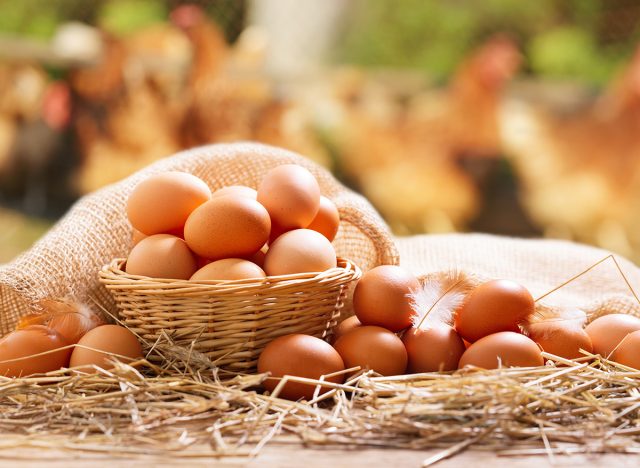
Delicious, versatile, and packed with healthy fats, eggs are an excellent source of important nutrients. "The nutrient profile of eggs also yields itself to provide greater satisfaction at a meal, meaning it can help with satiety, which is great for those trying to lose weight," Rachel Bunch, RD, LD, tells Parkview Health. "Eggs have been shown to suppress appetite and decrease plasma ghrelin levels. Ghrelin is a hormone responsible for appetite stimulation."
Water
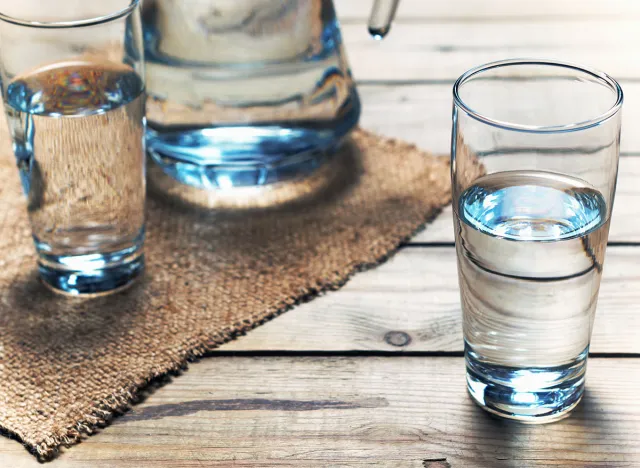
Make sure you stay hydrated for maximum weight loss. "Water can suppress your appetite and maybe boost your metabolism for a short amount of time," says UnityPoint Health. "Research suggests the more hydrated you are, the better able your body is at just about everything from thinking to making exercise easier."
Shellfish
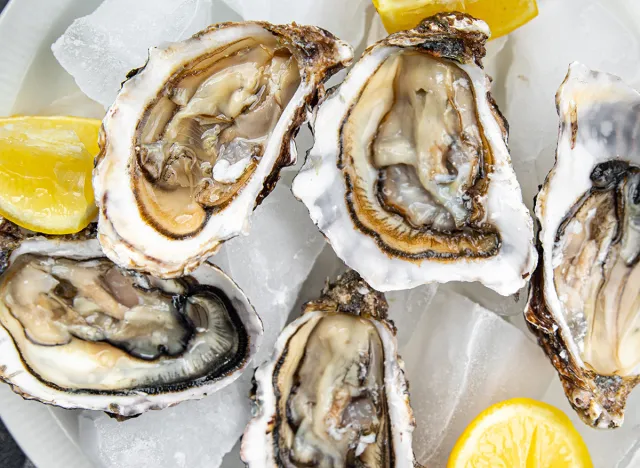
Shellfish tend to be low-fat, low in calories, and high in iron. "Shellfish are low in fat [and] a source of selenium, zinc, iodine and copper," says the NHS. "Some types of shellfish, such as mussels, oysters, squid and crab, are also good sources of long-chain omega-3 fatty acids, but they do not contain as much as oily fish."
RELATED: 9 Reasons Why Aren't You Losing Weight on Ozempic, According to Doctor
Green Tea
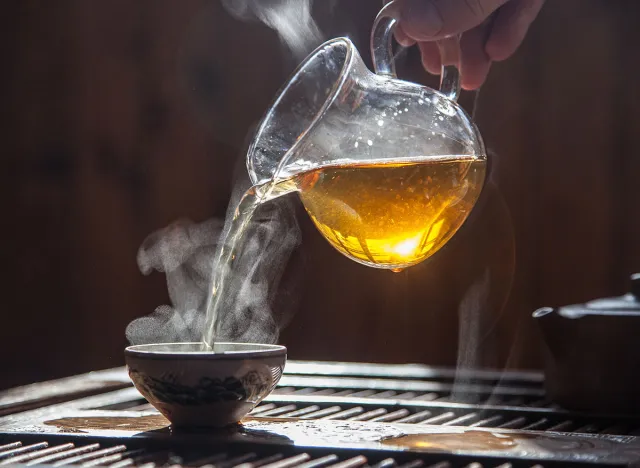
Drink green tea (without sugar). "Green tea boosts metabolism when you're resting and specifically targets the release of stored fat," Lori Shemek, PhD, tells TODAY. "Green tea has been found to be a thermogenic food meaning it causes the body to release more heat and burn more calories while in a resting state. It also prevents the generation of new fat cells and the formation of fatty tissue."
Watermelon
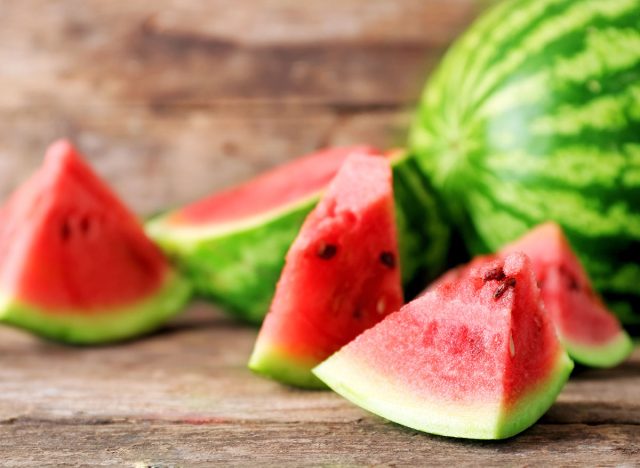
Watermelon is low in calories and high in water. "In addition to helping the body stay hydrated, snacking on watermelon will help you feel full, so you won't have cravings between meals," Rachel Lander-Canseco, RD, tells Keck Medicine of USC.
Turmeric
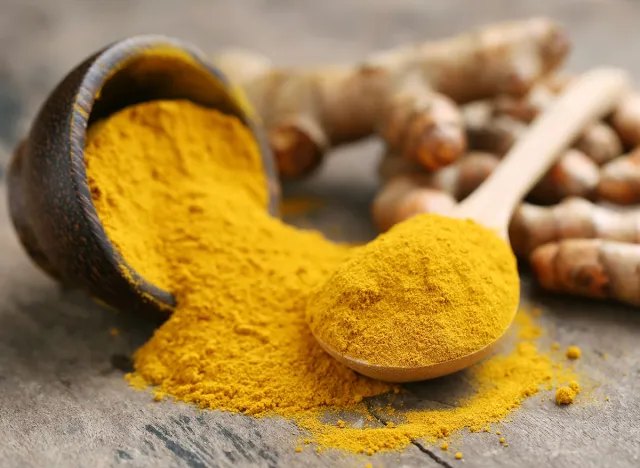
"Turmeric, with its active compound curcumin, is another spice that can support a healthy metabolism," Dr. Floch says. "Curcumin has anti-inflammatory and antioxidant properties, which may help support a healthy metabolism and overall well-being."
RELATED: Top 17 Superfoods You Should Eat Every Day to Protect Your Heart
Dark Chocolate
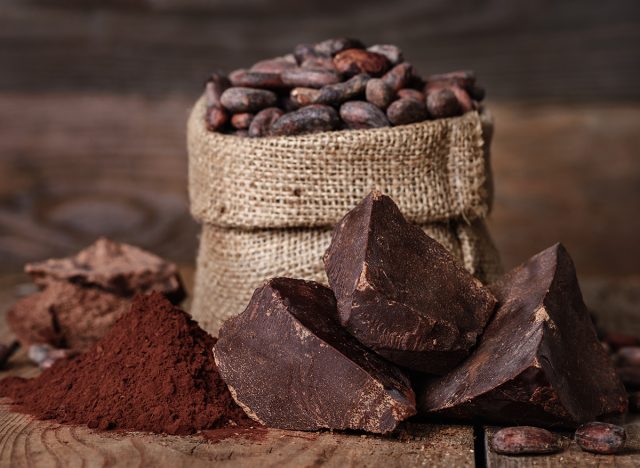
Dark chocolate is an ideal weight-loss-boosting dessert. "The higher percentage of cocoa solids, the more flavonoids and the lower sugar," Devon Peart, MHSc, BASc, RD, tells the Cleveland Clinic. "If you're doing 75% or 80% dark chocolate, there'll be less added sugar than if you were at 50% dark chocolate."
Whole Grains
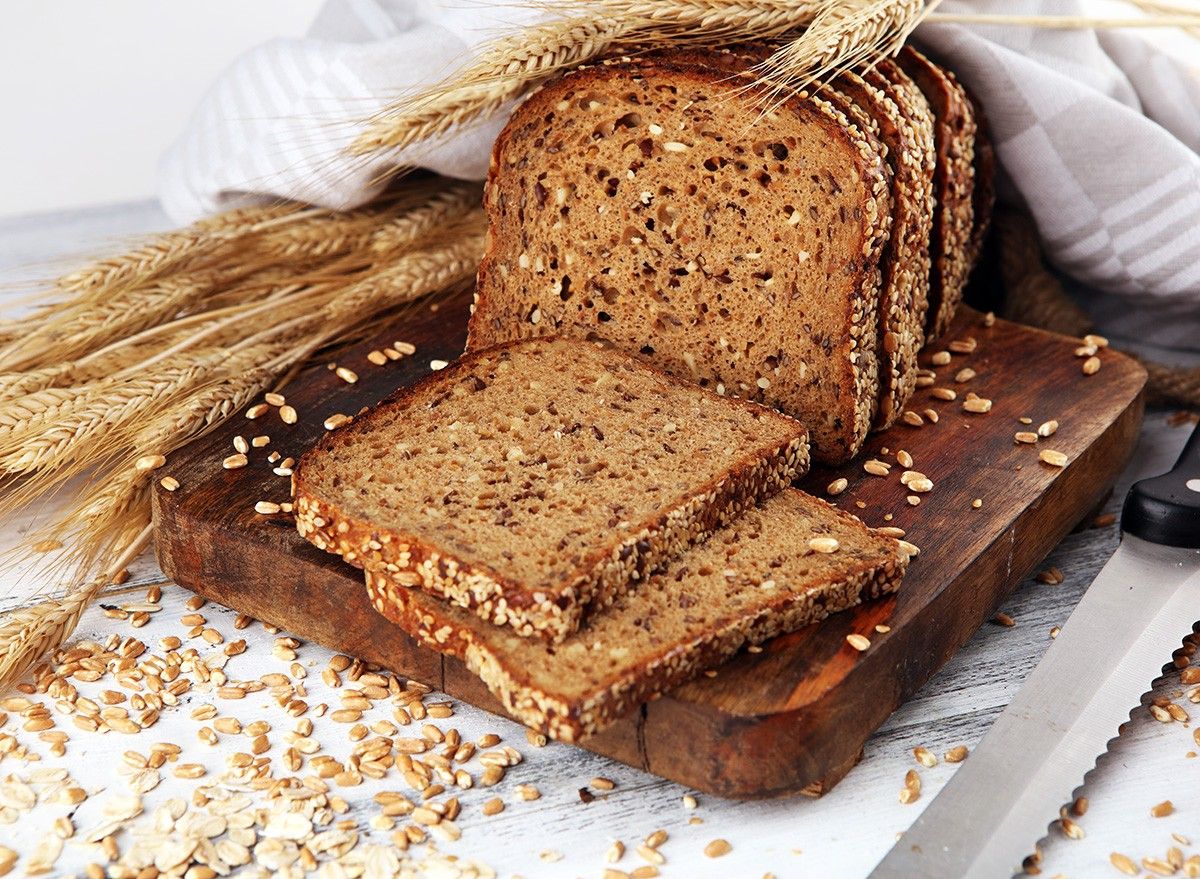
Stick to fiber-packed whole grains for a weight-loss-friendly option. "Carbs like potatoes, bread, rice or pasta should make up no more than a third of your meal – and try to have whole grain versions where you can," says the NHS.
Overnight Oats
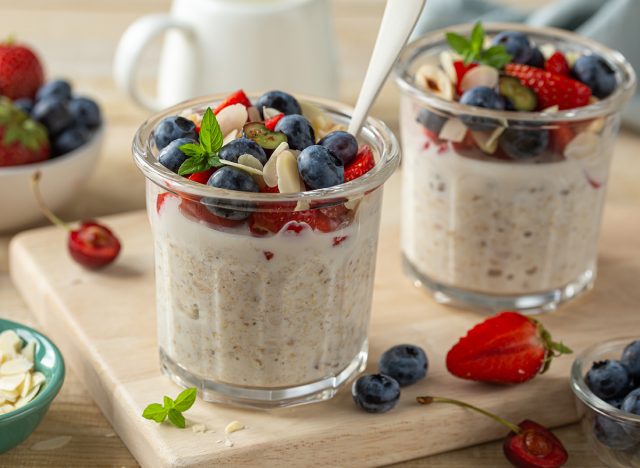
Overnight oats make for a filling, weight-loss-friendly breakfast. "This is a powerhouse full of fiber that will not only help you last through the morning without hunger but will slow down the release of sugar into your bloodstream," says UnityPoint Health. "Start the day with a hot bowl of oatmeal in the morning or make overnight oats the night before in a mason jar for an on-the-go breakfast."
RELATED: Lose 20 Pounds in 60 Days with Intermittent Fasting
Fatty Fish
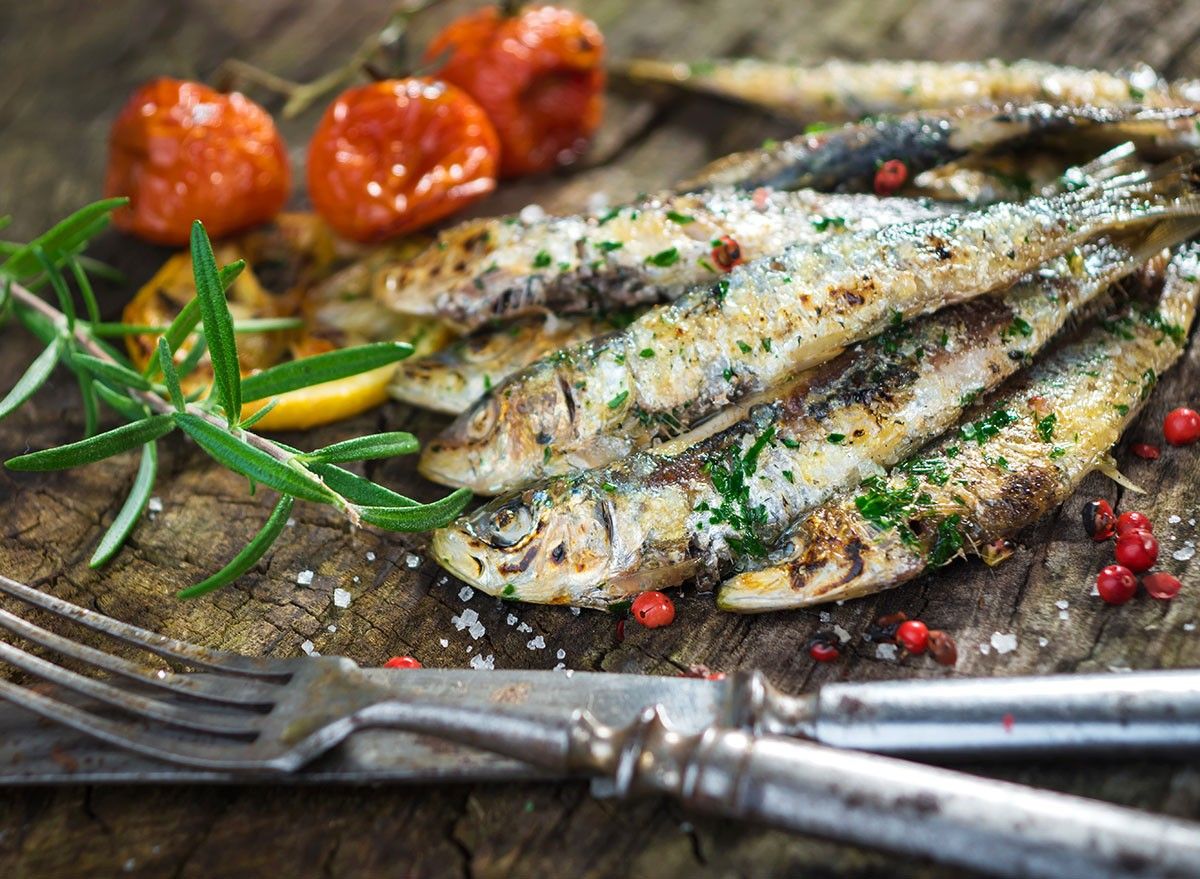
Fatty fish such as salmon, sardines, and mackerel are packed full of omega-3s and protein. "Oily fish is an excellent source of omega-3 fatty acids, which reduce inflammation and promote heart health," nutritionist GQ Jordan tells The Telegraph. "Lowering inflammation can help regulate cortisol levels, a stress hormone that, when chronically elevated, can impair metabolic processes and contribute to weight gain. Omega-3s also improve insulin sensitivity, helping you use sugar more effectively and reducing fat storage."
Guava
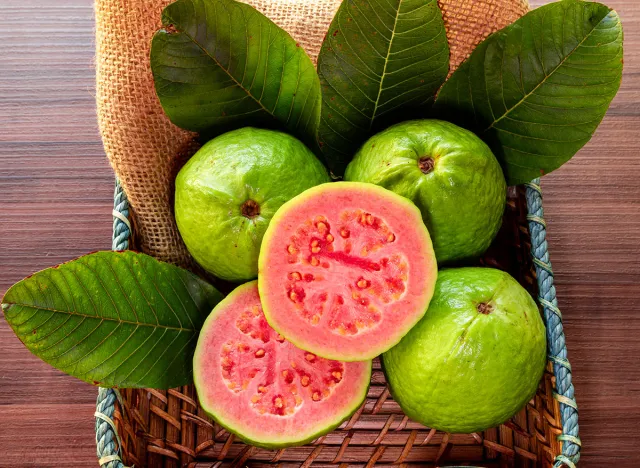
Guava is a great choice for a healthy snack. "All fruits contain phytochemicals or phytonutrients, which are chemical components in food that we think have a protective or beneficial effect," Lander-Canseco says. "All fruits have something like that to some extent. The phytochemicals in guavas have been shown to help reduce inflammation and prevent diabetes and cancer."
Avocados
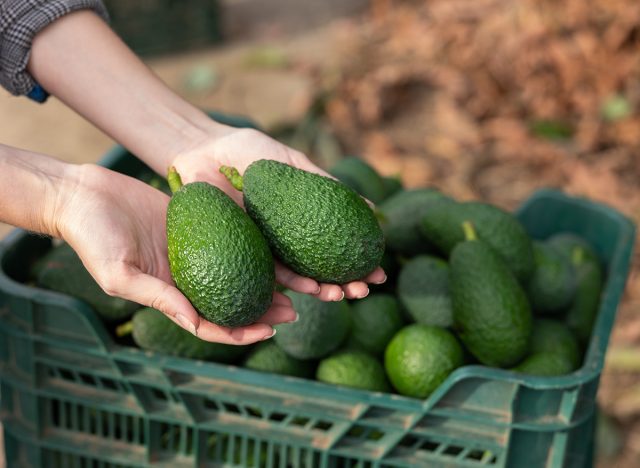
Versatile and delicious, avocados are full of healthy fats. "Avocados are rich in healthy fats that lower bad cholesterol, improve heart health, and keep you feeling full, helping to prevent overeating," Jordan says. "Healthy fats are vital for hormone production and balance, which impacts weight management."
RELATED: Lose Abdominal Fat in 90 Days with a Vegan Diet
Greek Yogurt
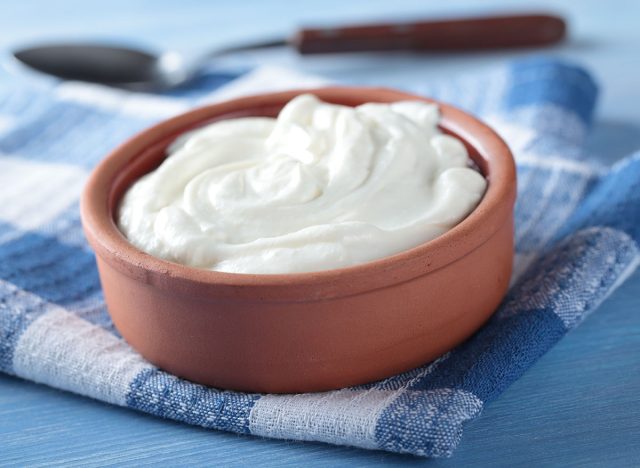
Greek yogurt is an excellent choice to encourage weight loss and fat-burning. "Greek yogurt is an excellent source of protein and prebiotics, which support gut health," nutritionist Rhiannon Lambert tells The Telegraph. "The high protein content helps with muscle maintenance and satiety, while probiotics aid in digestion and nutrient absorption." And if you enjoyed this article, take advantage of these 15 Quick Ways to Lose Body Fat Percentage in a Week.




